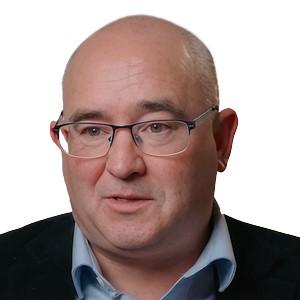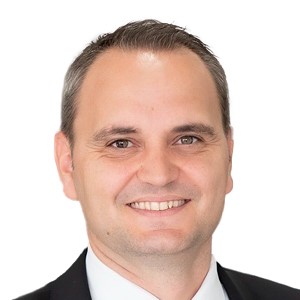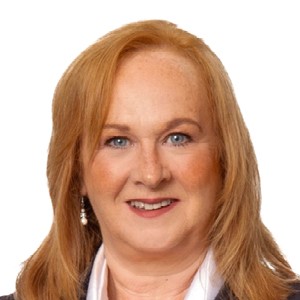As businesses around the world get to grips with the outcome of the US election, it reinforces the need for senior leaders to have a robust approach to risk management. Whether it’s political, financial or related to internal culture and performance, Board-level directors need to think differently about how they’re identifying vulnerabilities and assessing short and long-term threats.
In a world cloud conducted at Criticaleye’s recent CEO Retreat, held in partnership with
AlixPartners,
IBM,
DWF and
LSEG, attendees said the biggest source of disruption to their organisations is ‘geopolitical’. This was followed closely by ‘climate change’, ‘regulation’, ‘technology’ and ‘supply chains’.
A good Board will have regular conversations not just about threats, but where there are opportunities for growth and value creation.
Matthew Blagg, CEO of Criticaleye, said: “We all know the risk agenda for companies continues to be complex and gnarly and that’s why you need high-quality information and data, combined with a culture that promotes openness and a leadership team that understands the importance of external thinking and reference points. Problems occur when senior leaders and teams get siloed and fragmented.”
Catriona Schmolke CBE, Chair of Artus and a Board Mentor at Criticaleye, commented: “On a couple of the Boards I sit on, there is a phenomenal approach to horizon scanning. This is not a tick-box exercise—you need to take time to get the data in place and prepare to have deep conversations about what is impacting the business and what needs to be done beyond your own organisational ecosystem.”
The risks to businesses have been compounded in a tighter economic landscape where the cost of capital has increased. For those companies faced by financial difficulties,
Esben Christensen, Partner & Managing Director at AlixPartners, emphasised the need to engage and communicate.
He explained: “One common challenge in complex situations with many stakeholders – whether it’s dealing with the company, regulators, creditors or government officials – is ensuring you understand all their perspectives, in order to design a workable solution. Without the benefit of understanding these potentially diverse opinions, there’s a higher risk of overlooking something crucial in resolving the issue.”
A Crossroads for Sustainability
The threats around environmental and social sustainability were also discussed at the CEO Retreat. Esben told the audience: “We have to make the connection between sustainability and business. It’s not enough to do it because it’s the right thing — it has to make economic sense. This could be mitigating a risk or seizing an opportunity, but that connection needs to be made to make sure there is both a sustainability and a business justification to make it a priority.”
Certainly within the EU, the reporting requirements are ramping up with the Corporate Sustainability Reporting Directive (CSRD), the Corporate Sustainability Due Diligence Directive (CS3D) and, more recently, the Taskforce on Inequality and Social-related Financial Disclosures (TISFD).
However,
Tracey Groves, Head of Sustainable Business & ESG Advisory Practice and Partner at DWF Group, emphasised that this must be about more than compliance. She said: “The challenge is that we get sucked into focusing on the regulation, which ends up driving our business decisions, instead of the business strategy … regulations can help you to provide a framework, but only you can drive how you are educating and empowering people to take ownership and accountability.”
She added: “There’s no longer any such thing as a standalone ‘sustainability strategy’ — we need to get over that. Sustainability is a commercial opportunity to position dignity at the heart of your business — while still making money.”
In another word cloud, attendees were asked to describe the atmosphere in their Boardrooms at present. They responded with ‘frenetic’, ‘challenging’, ‘tense’ and ‘focused’, which reflects the complexity around navigating conversations on strategy, performance and governance at a point in time where long-term planning remains difficult.
If organisations are to demonstrate resilience, they need effective governance, controls and oversight, but the reality is that culture probably provides the best line of defence against disruption. Matthew said: “Good leaders are curious and collaborative. They ask questions and realise that you’re stronger and faster when you’re aligned and working together as a team. When this attitude and approach cascades through an organisation, you’ll be fast, adaptive and primed with competitive advantage.”



